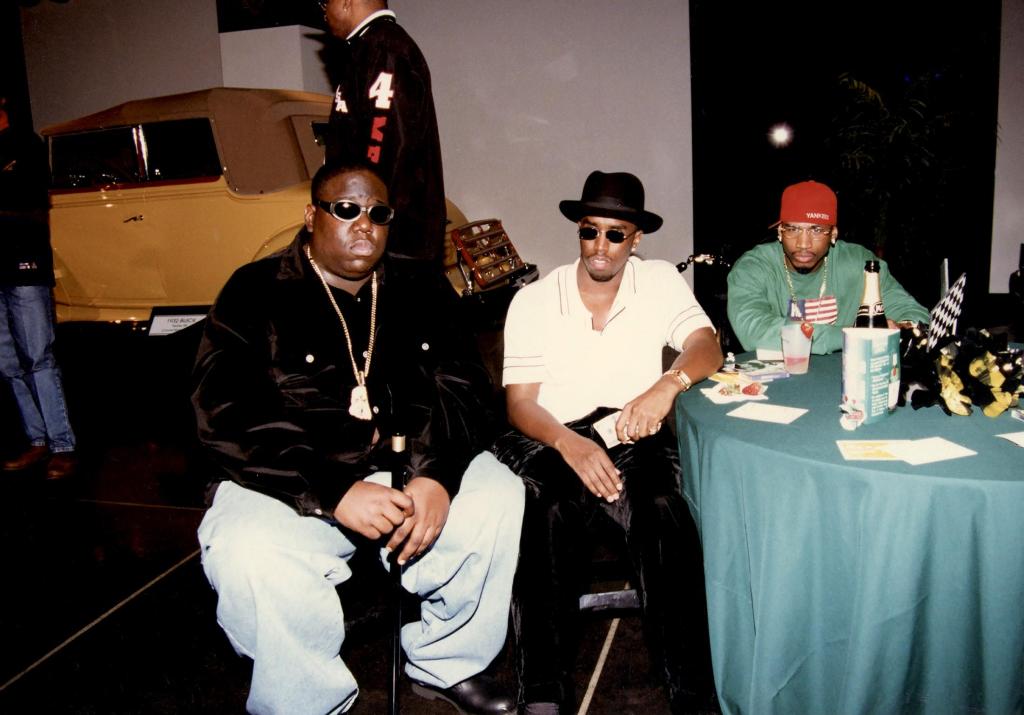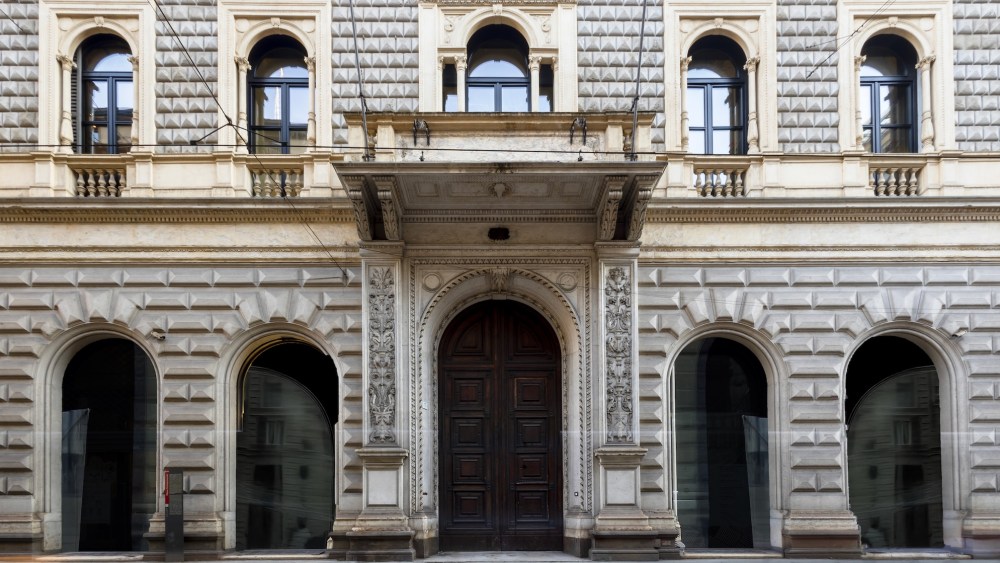JUST CHILL: As another sign of how music and fashion can really attract a crowd, the American Museum of Natural History is gearing up for “Ice Cold: An Exhibition of Hip-Hop Jewelry.”
Slated to open to the public May 9, the exhibition will highlight hip-hop’s cultural influence through jewelry that has been sported by most of the popular musicians. Visitors will find one of Slick Rick’s gem-encrusted crowns; the diamond-studded Roc-A-Fella medallion for the record company by the same name, which was cofounded by Jay-Z, and the late Notorious B.I.G.’s “Jesus piece.” The late rapper was said to be the first to wear a “Jesus piece” in the hip-hop community in the mid-1990s, even referencing it in his 1997 hit “Hypnotize.” Nicki Minaj’s glittery “Barbie” pendant will be on view, as well as pieces from Erykah Badu, A$AP Rocky, Joey Bada$$, A$AP Ferg and Tyler, the Creator and others.
Spanning five decades, “Ice Cold” will illustrate the evolution of hip-hop jewelry from oversize gold chains that were sported by the genre’s pioneers in the 1980s to diamond-encrusted platinum pendants that enterprising business moguls donned in the 1990s. Journalist Vikki Tobak, Quality Control Music’s Kevin “Coach K” Lee and filmmaker Karam Gill have co-curated the exhibition in the Melissa and Keith Meister Gallery inside the Hall of Gems and Minerals. Slick Rick, scholar Tanisha Ford, jewelry designer Alex Moss, author Bevy Smith, former rapper Pete Nice and Roc Nation’s Lenny Santiago are part of Ice Cold’s advisory board.
The opening of “Ice Cold” at the Upper East Side museum will coincide with another major exhibition opening — the Costume Institute at the Metropolitan Museum of Art’s “Sleeping Beauties: Reawakening Fashion,” which will be unveiled to the public on May 10.
The cavernous canyon-like Richard Gilder Center is a fitting setting for “Ice Cold.” With a flair of its own, the space reopened last year following a $465 million upgrade led by Studio Gang. Similar to other cultural institutions, the American Museum of Natural History has been attempting to welcome more visitors and a wider audience post-COVID-19.



